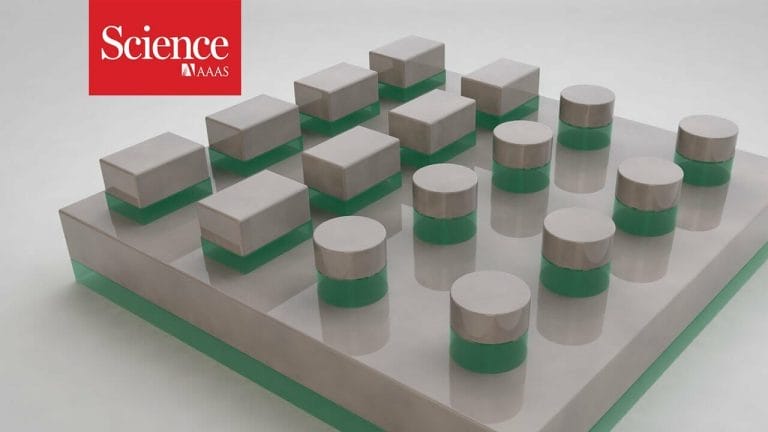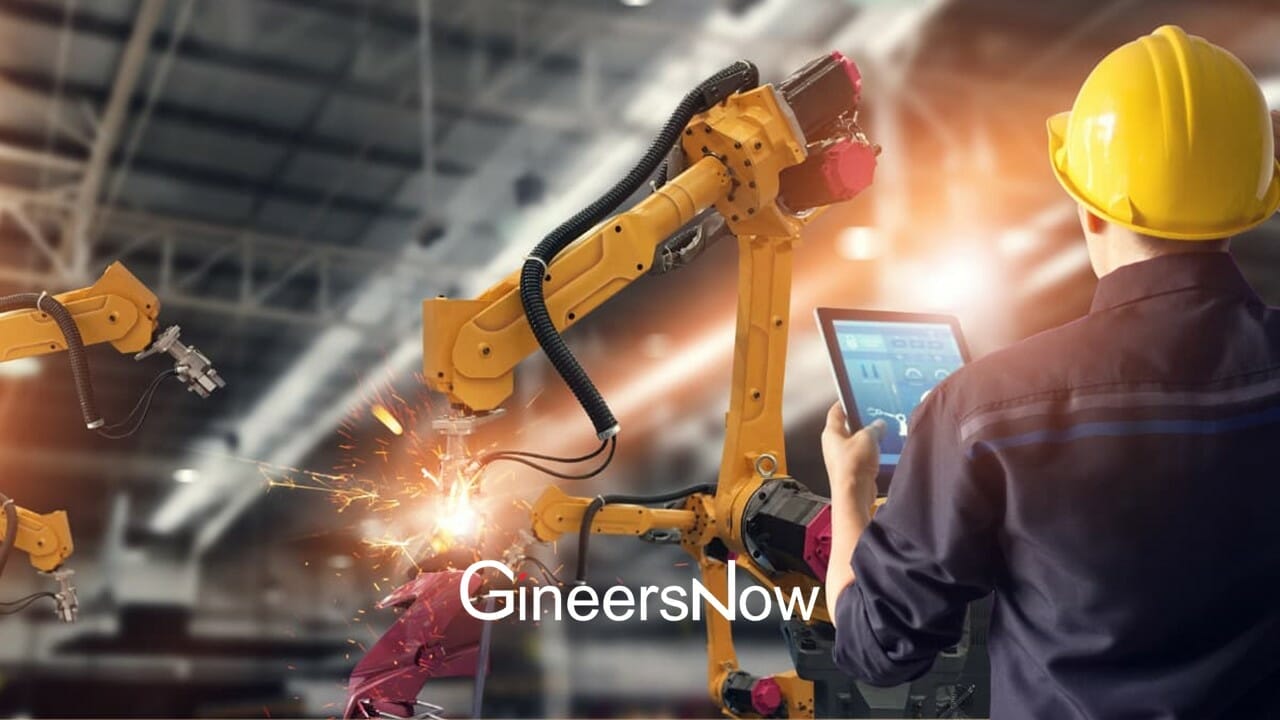Printers have been one of the key parts of the industrial revolution. From the simple printing press that had made mass production of book and newspapers a lot easier. To the dot-matrix printers that make that annoying beeping sound we just can’t stand. To today’s modern inkjet printers that every household has for multiple purposes. Now, researchers from Technical University of Denmark in Copenhagen have created a laser printer that can print images which are the width of a human hair, and has way more pixels than the highest resolution screen there is today.
Source: Youtube, Science Magazine
The printer basically works by blasting lasers at 1000 °C to a nanomaterial made out of nanoscale plastic pillars. The pillars, which are coated with germanium then change shape, which changes the color of light it reflects and absorbs, changing the color we see.
The pillars are just a few nanometers apart, which allows thousands of spots of color to be printed in a single centimeter of a surface. This is why the images made by the printer are super high in resolution; 127,000 DPI, in fact. In comparison, the iPhone 7 only has 326 DPI.
The downside to this though is that the color spectrum of the printer is extremely limited. It can’t print blues or greens, leaving only reds which by themselves aren’t even that vibrant. The researchers plan to tackle this problem by replacing the thin germanium layer with silicon, which reflects a different color spectrum when deformed by heat. They’re aiming to be able to print green light next.

Source: Science Advances
Another problem is that this technique would be extremely difficult to make a screen out of. Since moving objects would require adding transistors and such, doing so would require increasing the size of the pixels of the images by a lot, decreasing its quality. So for now, we can’t really make Ultra-HD TVs out of it.
On the bright side though, this method would be pretty useful for traditional printing. It’s also easier and cheaper to use. Therefore it could be helpful in situations like customizing car interiors. The manufacturer simply needs to print off an interior made out of the plastic material, then shoot lasers at it to print the differently colored designs, without the need for ink.
It’ll also make recycling easier, as plastics usually need to be sorted into similar colors before they’re processed and recycled. With this material, however, once the material starts to fade and lose its color, it can simply be remolded and printed again.
Article Sources:











